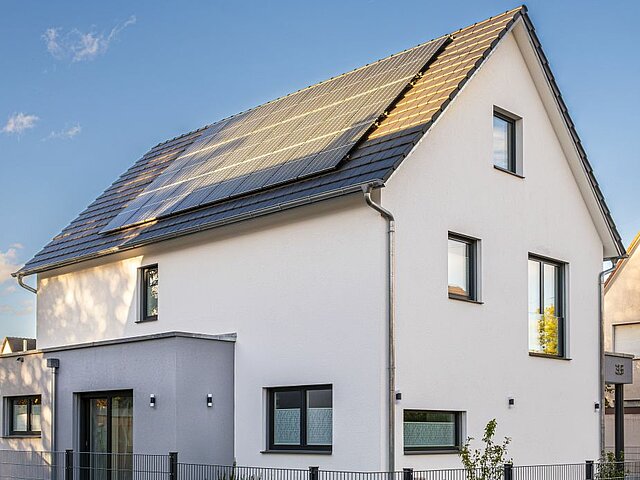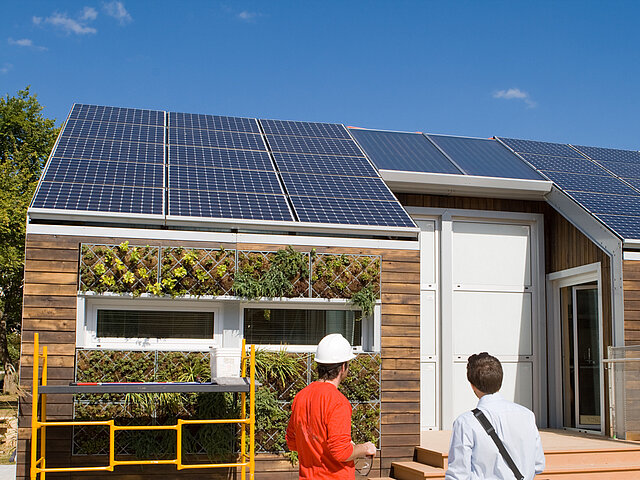
Solar power could supply more than half of Europe's single-family homes
The year 2023 was not an easy one for optimists. Again, the world had to experience many weather extremes. Record heat waves, drought, forest fires and floods became more frequent around the globe. In the end, 2023 will probably have been the warmest year ever recorded. So it's challanging finding positive things to say about the climate crisis. However, there is good news about climate protection. We will post one positive news article every Sunday in Advent.

Solar power could supply more than half of Europe's single-family homes
Researchers at the Karlsruhe Institute of Technology (KIT) calculated that the self-sufficient energy supply model could become a reality for more than every second single-family home in Europe. "Under today's conditions, 53 percent of the 41 million buildings are technically capable of supplying themselves independently of external infrastructure simply by using local solar radiation on the roof, and this proportion could rise to 75 percent by 2050 due to improved technologies," says Professor Russell McKenna, co-author of the study. In most cases, the energy self-sufficient system would consist of a PV system to generate electricity, a battery storage system for short-term storage and a hydrogen system. The hydrogen system would include an electrolyzer, pressure storage and fuel cell that can bridge longer cold and dark periods.
However, the researchers emphasize that energy self-sufficient houses are not economically viable everywhere. The costs are particularly justifiable in southern Europe, where winters are mild and solar radiation is still comparatively high, as a hydrogen system is often not required here. Such a system can also pay off where electricity prices for consumers are high, as in Germany. It is realistic that two million houses will be off the grid by 2050. To achieve this, owners would have to be prepared to invest 50 percent more than in a building with a grid connection.
From an economic point of view, it is certainly debatable how sensible it is to completely disconnect from the public grid. However, the KIT study shows one thing in any case: the technologies for a complete supply of private households with solar power alone are available.
© Picture: Markus Breig/Karlsruhe Institute of Technology (KIT)



